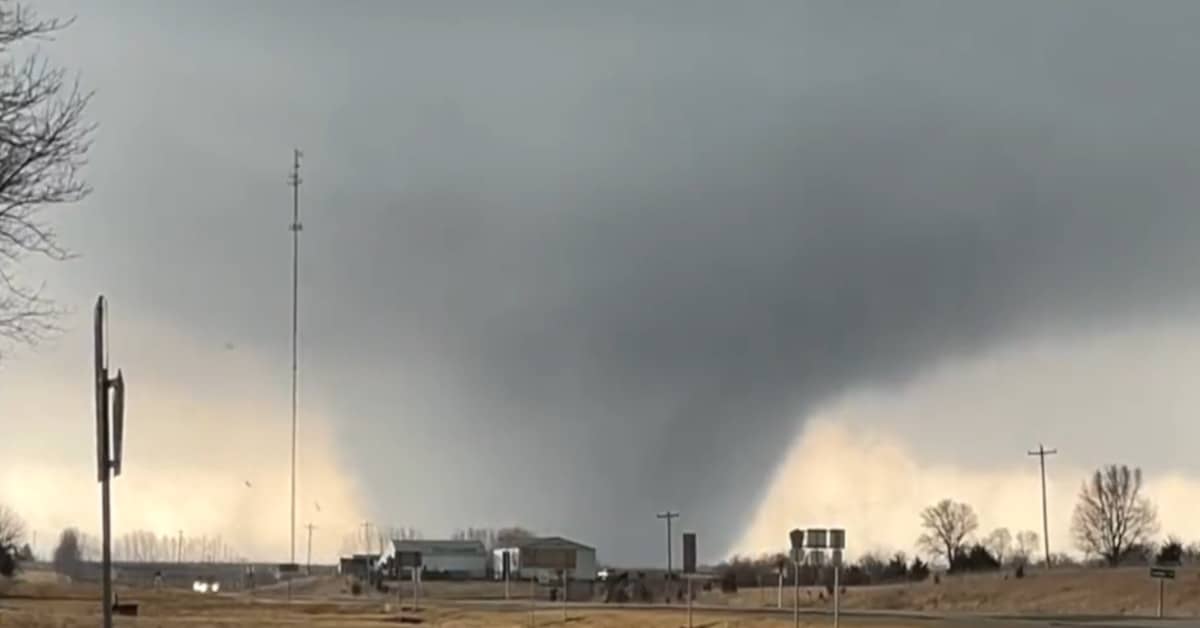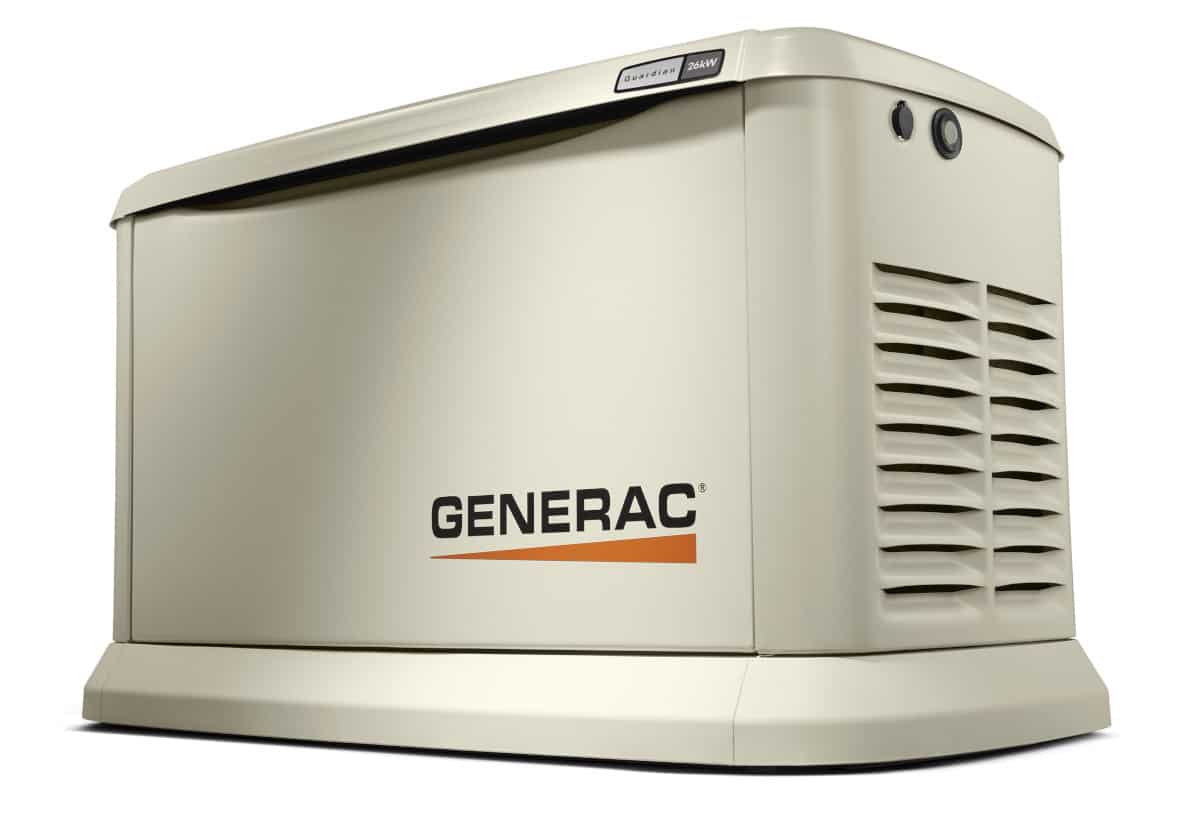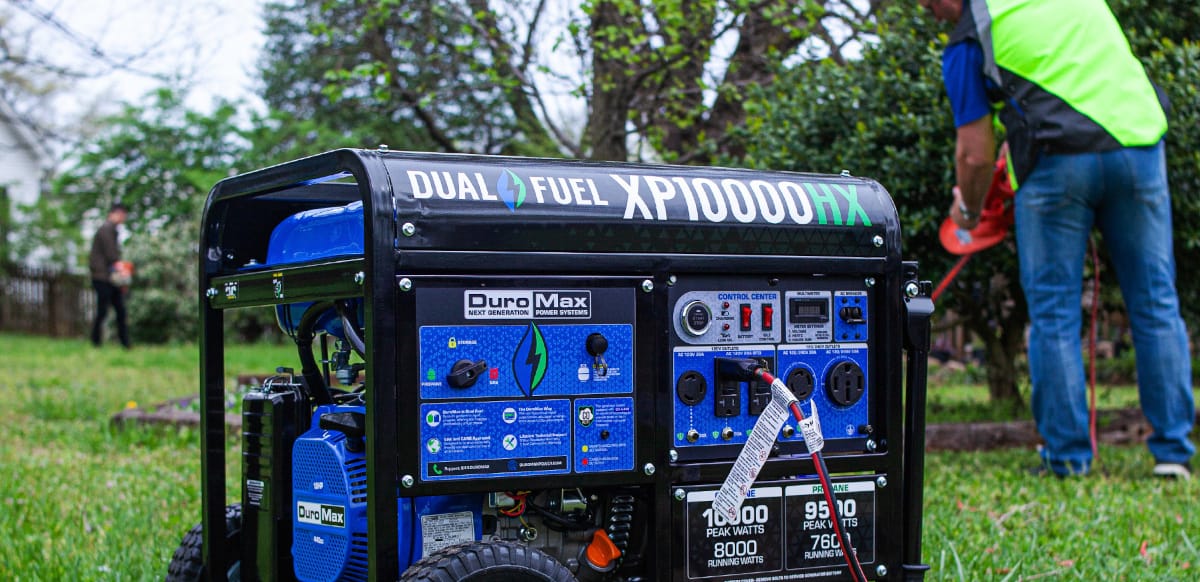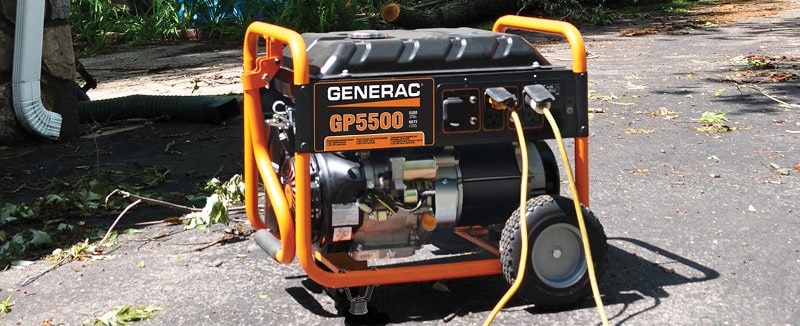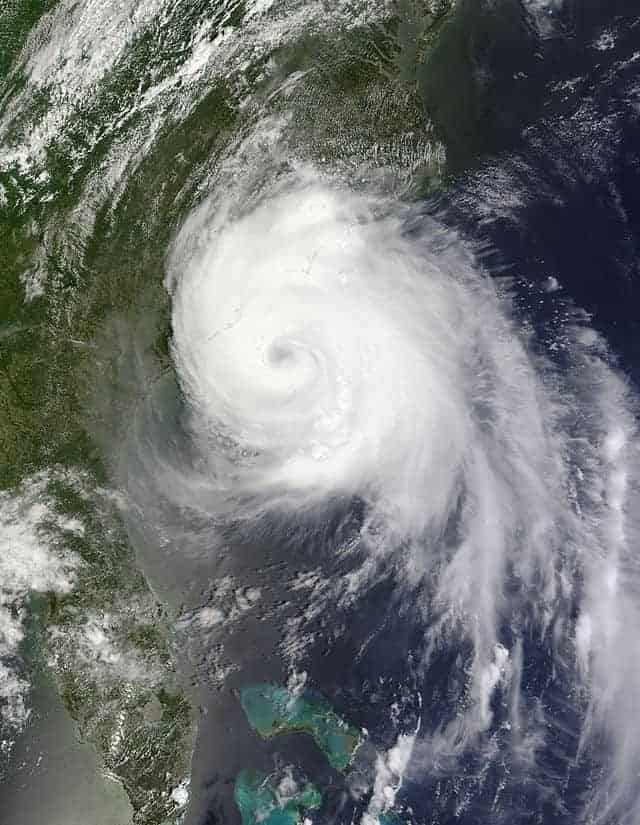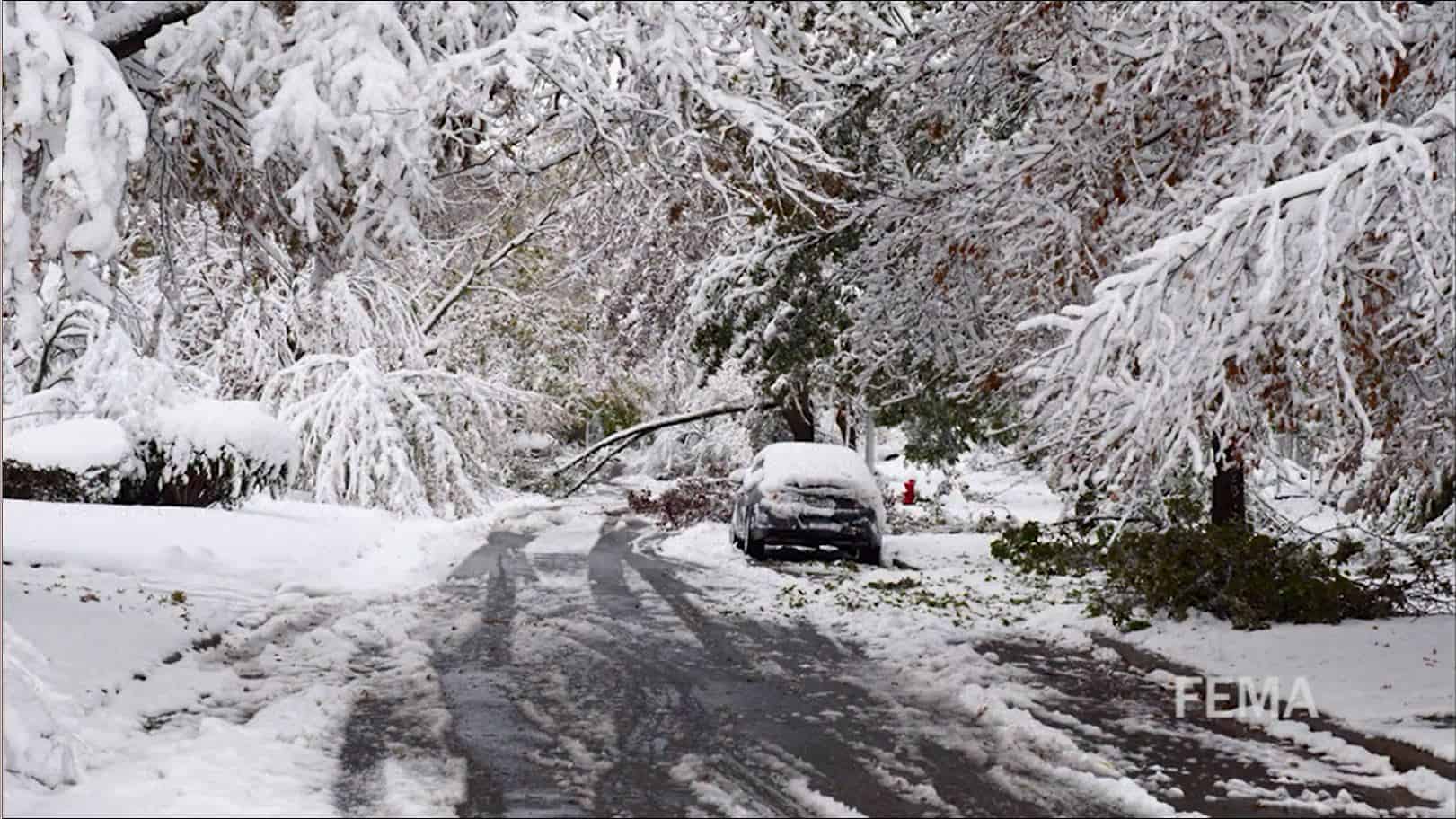This large, EF4 Tornado formed near Winterset, Iowa in March of 2022. Tornadoes are scaled by the amount of damage they do from EF0 (minimal) to EF5 (catastrophic). NWS Photo by Roger Riley, NWS of Des Moines Iowa.
Changing Spring Weather Brings Spring Storms
After weeks of lingering winter weather, it appears that spring had finally sprung with a heat wave affecting the middle of the country this week. Temperatures soared into the middle to upper 80s with humidity to match. Unstable spring weather with heat often brings severe storms with strong winds, hail, heavy rain, and tornadoes.
While the coastal states prepare for the 2022 Atlantic Hurricane Season, just about everyone east of the Rockies has started watching the skies. Three outbreaks in March totaled 201 tornadoes that took 11 lives and injured at least 97 others. April brought another 170 tornadoes, two fatalities, and at least 45 injuries.
Power Outage: 4 Ways to Keep the Power On
As of May 12, the United States has confirmed 52 tornadoes.
Severe weather watches and warnings precede the arrival of a tornado and other severe weather hazard. It’s important to heed all levels of alerts and take the appropriate action steps.
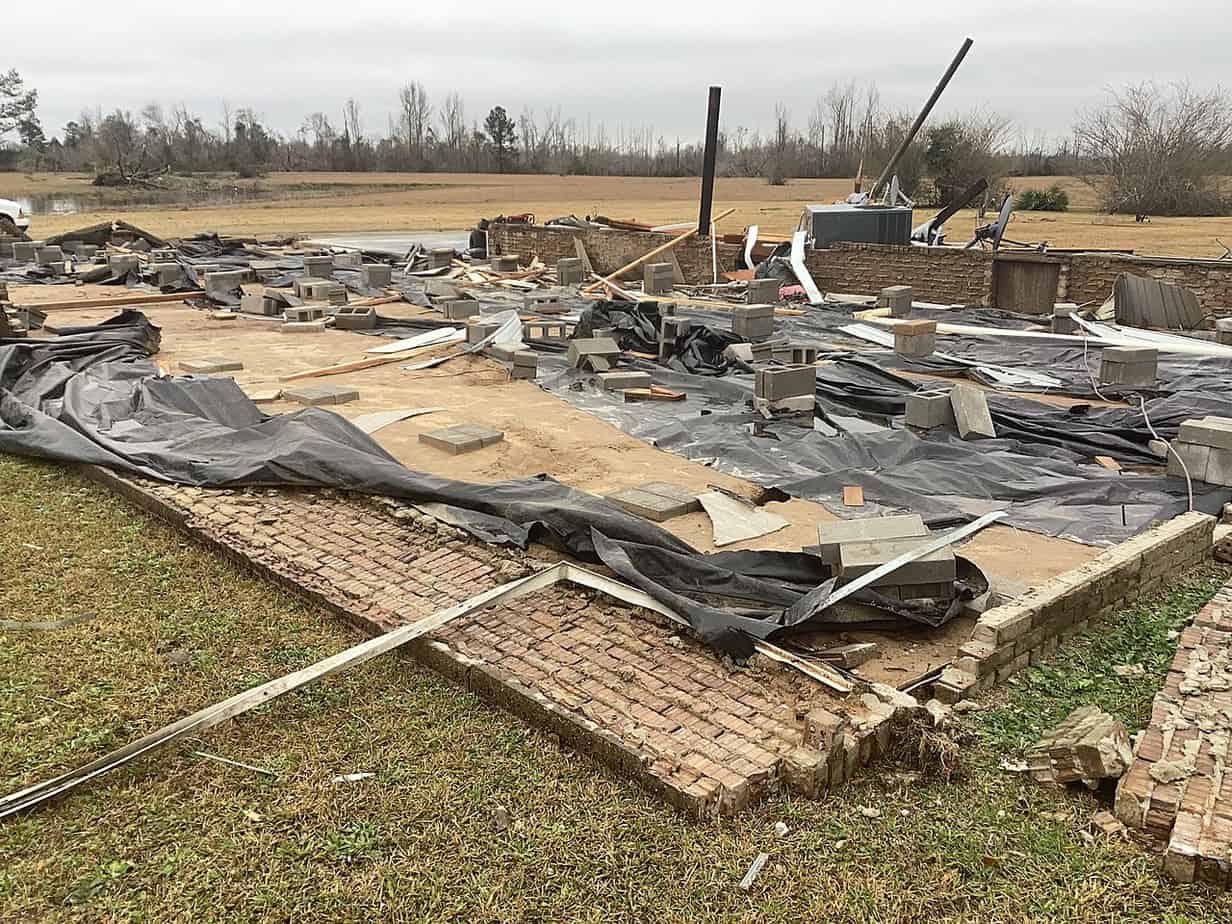
NWS Storm Prediction Center Resource
On the NWS Storm Prediction Center Website, Access the Four Convective Outlook Maps (Categorical, Tornado, Wind, Hail) by hovering on the black tabs at the upper left corner of the map.
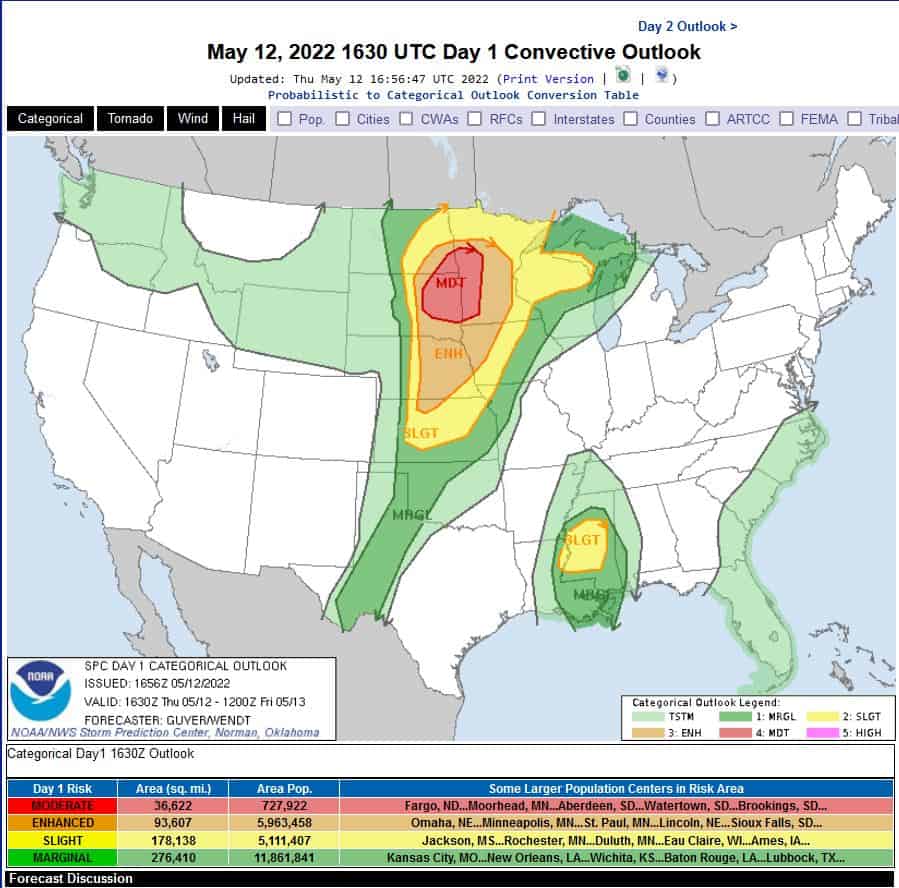
Chance of Weather Hazards ranges from slight to significant for thunderstorms, tornadoes, hail, and wind. The light green areas highlight areas to exect rain.
Forecast Storm Risk
Ahead of severe weather, the National Weather Service issues risk assessments for regions that could develop severe weather. Areas of the country should expect mixed precipitation (rain/snow/ice) while other portions are looking at rain or thunderstorms.
Risk areas include Critical Fire Weather, Heavy Rain with Flash Flooding Possibly, and Severe Thunderstorm Risks.
4 Reasons You Need a Standby Generator
The NWS Convective Outlook Maps provide varying levels of risk from Marginal to Significant for Categorical, Tornado, Wind, and Hail (see accompanying maps).
Convective outlook forecasts are available for Day 1 (today), Day 2 (tomorrow), Day 3, and Days 4-8, which is more generalized.
Convective outlooks are useful because they raise our awareness when severe weather is a possibility. For example, the day starts out with clear blue skies and few clouds, but we know that there’s a moderate risk of thunderstorms later in the day with the possibility of hail or perhaps a tornado. Now we are more attuned and check the weather forecast for updates throughout the day. When NWS issues a watch or warning, we’re not surprised and ready to take action.
Watches and Warnings
What does a watch or warning mean?
- Watch: If NWS issues a watch, conditions are right for the severe weather to occur. For example, a tornado watch means conditions are right for a tornado to form, but it has not happened yet.
- Warning: When NWS issues a warning, the severe weather is occurring, and you should take action. For example, a tornado warning for your area means a tornado has formed and could pose a significant threat to you and your family. The hazard was confirmed by a storm spotter or by meteorologist watching weather radar.
A Siren may accompany a warning in many towns and cities. The sirens also have other purposes in civil defense and in some towns, alert the volunteer fire department. Other purposes include tsunami warnings. Your town or city has a policy that you should know before any warnings and how to differentiate the different sirens. The volunteer fire department will use a different sound than a tsunami or tornado warning. Sirens often work in conjunction with other emergency warning systems.
Hurricane Preparedness: East Coast—Gulf Coast
The FEMA App is another useful tool that sends alerts for severe weather and other emergencies. FEMA generates alerts according to zip code and you can set up to four zip codes. You’ll receive updates on the alerts as necessary with specific information for your area, including the weather hazard, counties affected, and required action.
NOAA Weather Radio provides audible alerts and reports for weather emergencies, including tornadoes. If NWS issues a weather warning for your area, the radio will sound an audible alert followed by the type of warning and what to expect. For example, ‘A tornado is on the ground near highway X and Y and is moving southeast toward Your City.’
Purchase an NOAA Weather Radio for 15 to 50 dollars. For your home, a unit that plugs into the wall outlet with battery backup will serve you best.
If you live in Your City, go to your tornado shelter immediately.
NOAA Weather Radio broadcasts from towers throughout the country. Program the radio for your county and the surrounding counties. If severe weather occurs in a neighboring county, you’ll be alert and can monitor the situation.
Stay Informed
Whether tornadoes, hurricanes, or hailstorms, knowing the weather is headed your way is the first step toward safety for your family. Have a plan and put it into action with specific steps. Share the plan with extended family and friends.
Store nonperishable food, snacks, and water in your shelter. Make an emergency kit. Include comfort items for kids and pets. In general, it’s a good idea to keep tabs on the weather so you’re ready.
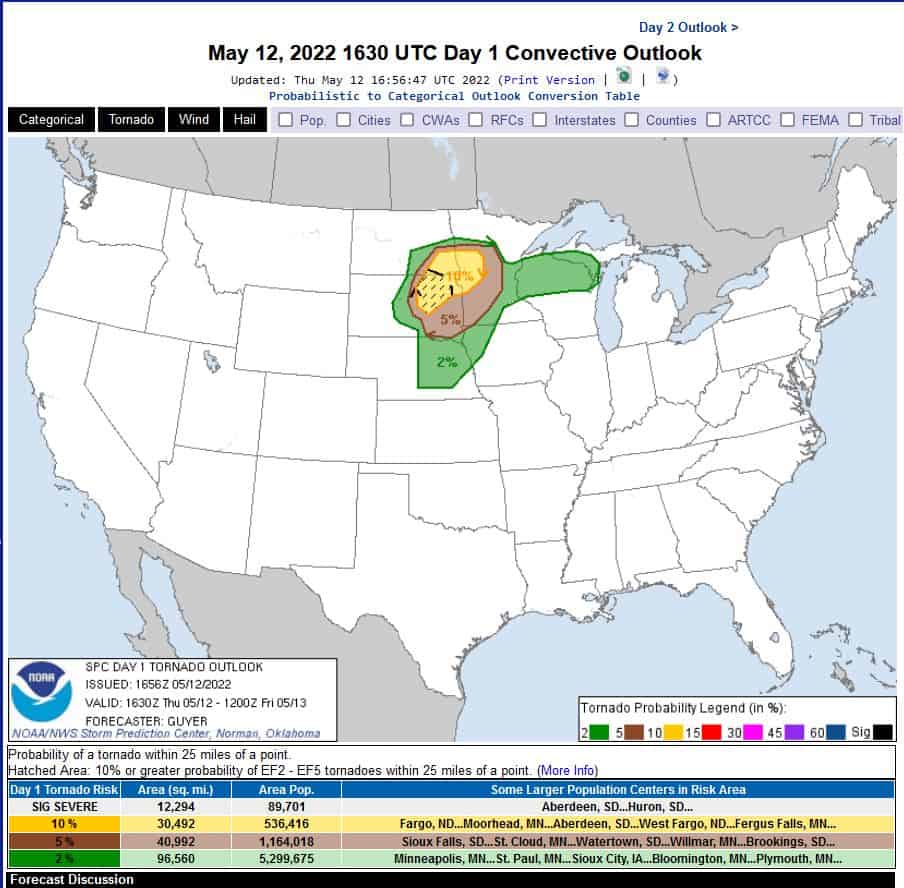
Risk of Tornadoes within the colored areas. If the Categorical Map shows a risk of severe thunderstorms, tornadoes become a possibility.
FEMA Recommends a Generator for Backup Power During Outages to power pumps, refrigerators, important appliances, and lights.
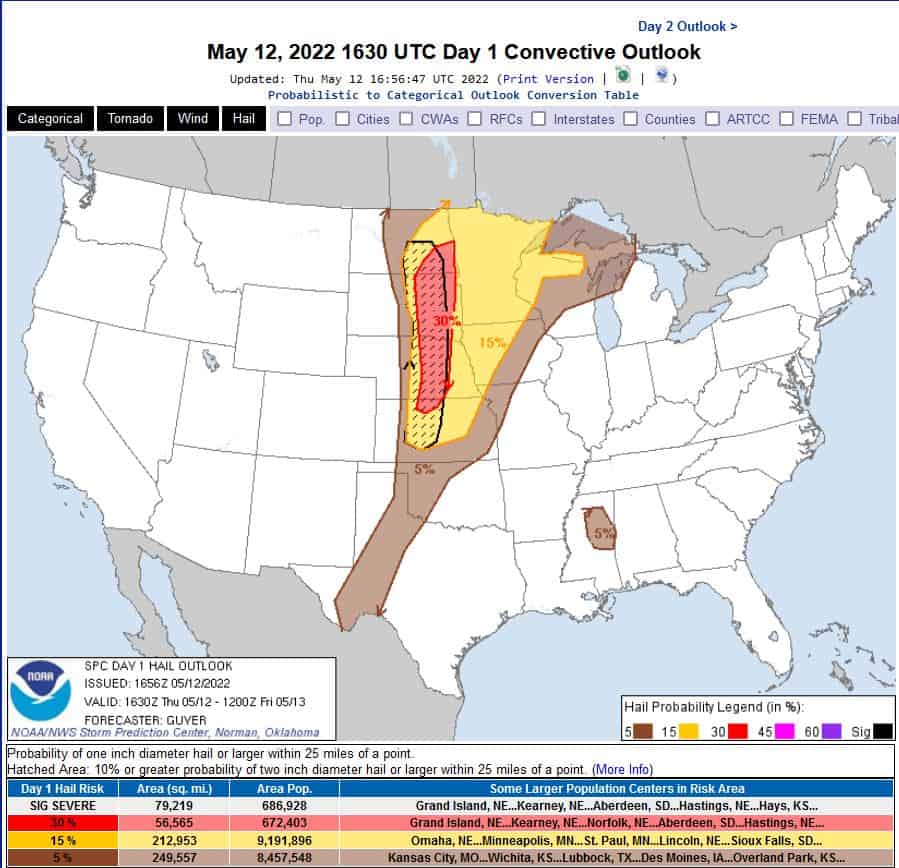
Convective Outlook for Hail
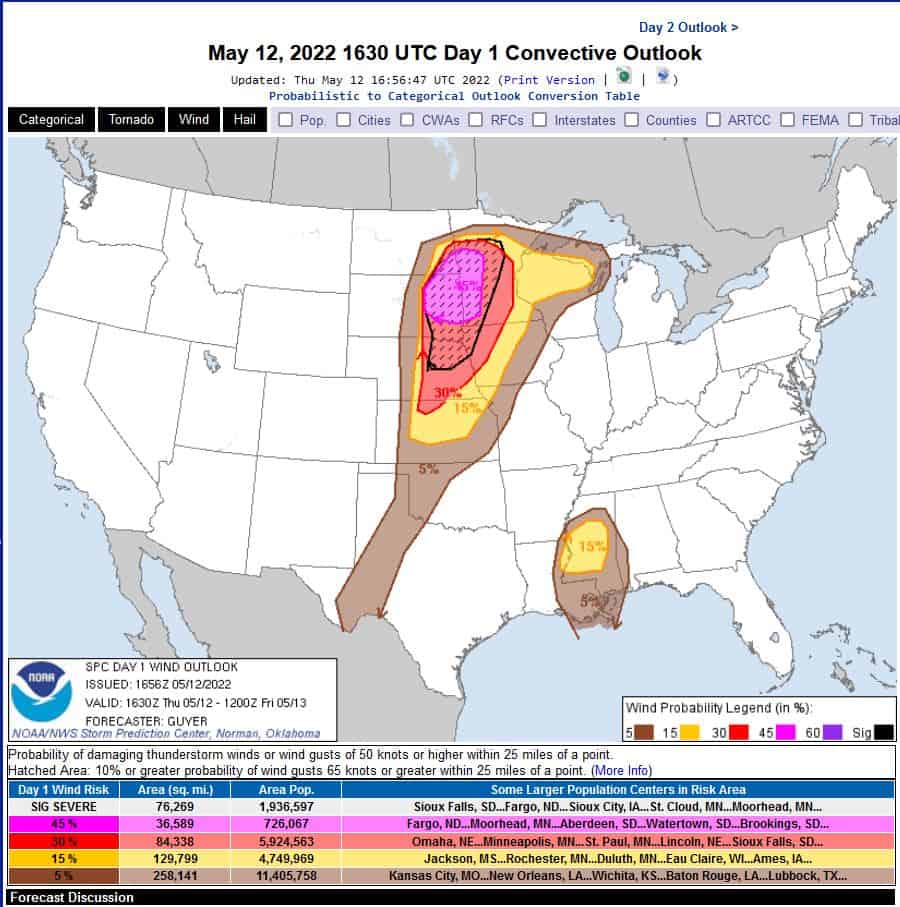
The combination of severe thunderstorms, high wind, and hail causes considerable damage to buildings, cars, trees, and agriculture.

